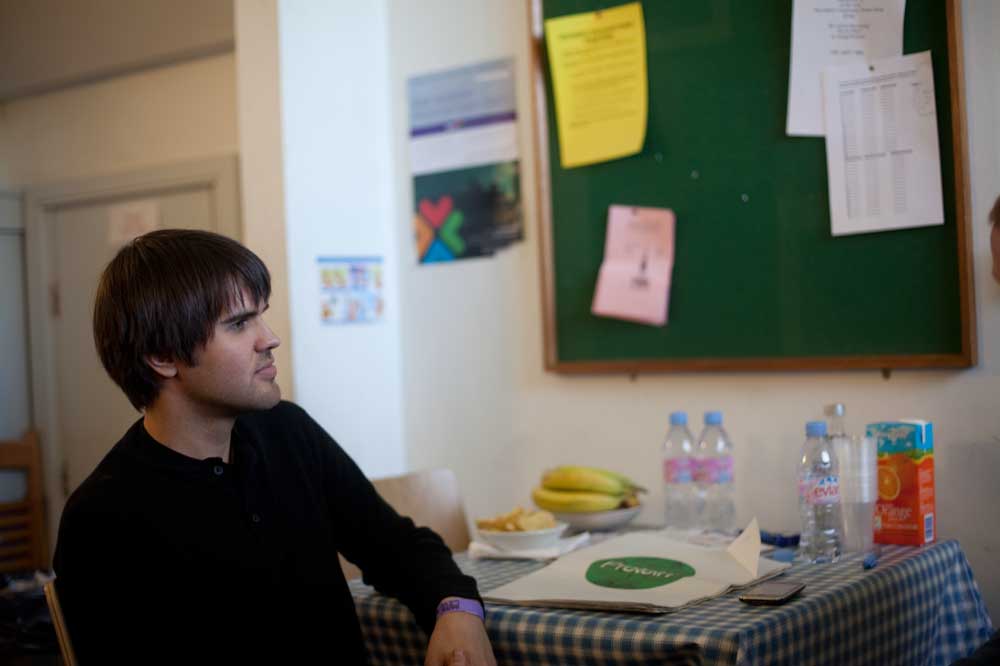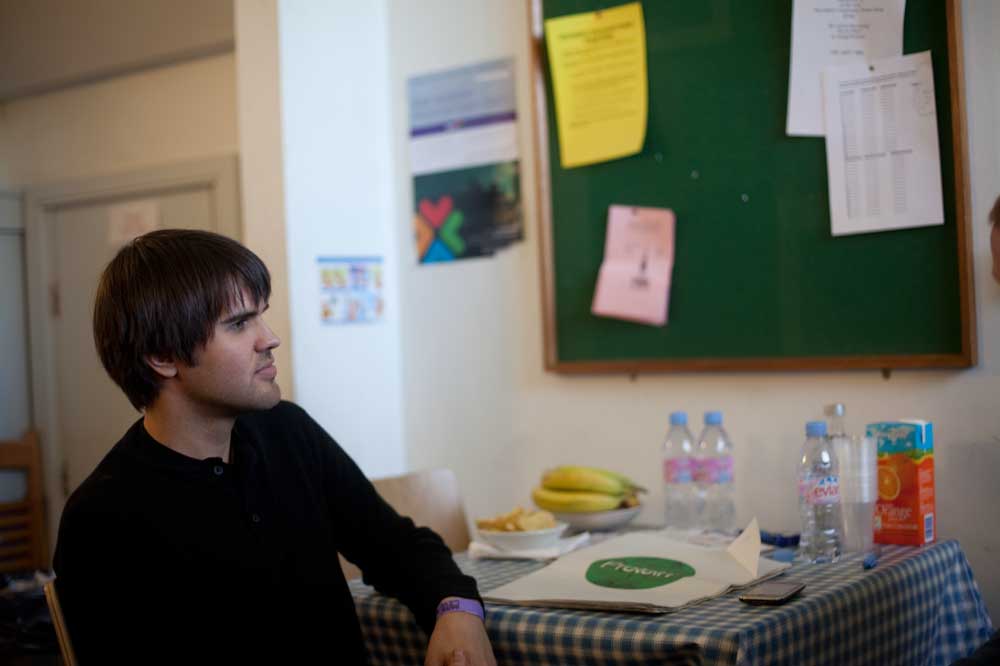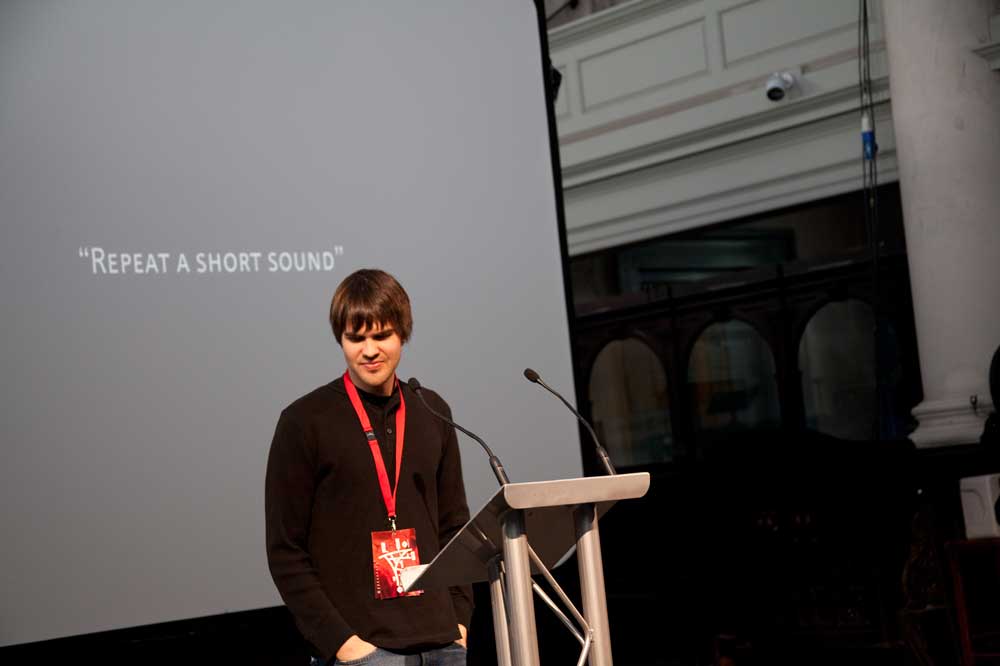Aaron Koblin
In his own words Aaron Koblin is "a bit of a mix between art and technology." A typically gross understatement from the man whose…


In his own words Aaron Koblin is “a bit of a mix between art and technology.” A typically gross understatement from the man whose strings to his bow include speaking at a recent TED conference, holding the position of Creative Director of the Data Arts team in Google’s Creative Lab, and inclusion in the ‘Collections Contemporaines (Des Années 1960 à nos jours)’ at the Centre Pompidou, Paris. The accolades might be eye-catching, but even without them, his complex, absorbing digital works speak for themselves. Koblin’s personal favourite is ‘The Johnny Cash Project’ - a playful, interactive piece that collects individual portraits of Johnny Cash, created by independent audience members, which are then organized to recount a cohesive story told through the plethora of perspectives. Music and visual arts can complement themselves nicely. They do different things - the music forces you into a different mood

The resulting configuration of frames can then be selected according to style, popularity or even number of brushstrokes, the construction stripped right back, even allowing us to watch each individual frame’s creation. But this is not the first time Koblin has used music as an avenue of exploration and his passion for the discipline weaves its way throughout his work. This isn’t to say that he’s out to deconstruct it in the same way he does with other fields of study. Far from it. Instead he sees music as a tool to support and integrate with the visuals he creates. Or as he puts it: “I think that music and visual arts can complement themselves nicely. They do different things - the music forces you into a different mood and mindset whilst the visual stuff can engage you in a more direct cognitive manner.”

Koblin’s talent is quantified through his famed curation of data. And yet, perhaps with a touch of perversity (or just humility), he doesn’t actually think much of his maths skills. His computing skills on the other hand really shine when it comes to sifting through and processing the acres of information he is faced with at each turn. “It’s kind of about getting a balance. It doesn’t take a lot of data before it’s beyond the grasp of the human mind that’s unaided by the power of human technology. And at that point it becomes the relationship of how good your algorithms and techniques are versus how big the data set is. I think you can have a ridiculously enormous and complex data set but if you have the right tools and methodology then that’s not a problem. The real trick is filtering and figuring out where the noise is and what’s important and what’s not.” And, as an artist, how does he figure out what is important for him to focus on? “I think its personal interest. If it seems like it’s a data set that’s going to tell an amazing story or have a relationship to something that I think is intriguing and relate to our lives and something important then I’ll probably be interested by it. There’s definitely also an aspect of the data itself whether it’s actually granular and rich and going to lead to something beautiful. I guess it’s a little bit like, depending on the project, it could be a landscape: whether is it intrinsically beautiful or is it already boiled down and drab.”

And if this is the case, then it’s pretty important not to let the data get the better of you. “Not getting attached is a valuable thing too,” he says, “Because it can drag you down quickly. If you get attached to the legacy of the production that can be a painful thing so it’s better just to be honest with yourself as to what’s interesting, what’s working, to keep refining, moving on and not to be afraid to start over.” So it turns out that instead of just “a bit of a mix between art and technology” we can add to the list - computer expert, music enthusiast, curator, social commentator, internationally acclaimed artist, public speaker, investigative inquisitor and all round nice guy. And even with all of that we’re still selling him short.




Discussion